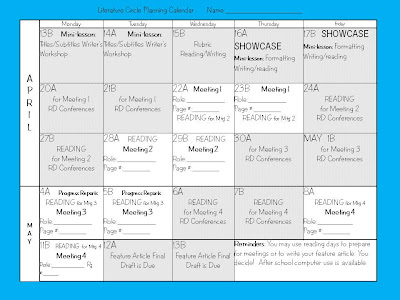Many of you have rough drafts due next week. So, here are ten steps to help you format your article in case you missed the lesson or need a review of it.
Formatting Your Feature Article in Ten Steps
1. Finish writing and typing on the normal (default) settings. You’ll need at least a page of text for formatting to work.
2. Add your byline immediately under the title and subtitle.
3. “Select All” (Ctrl+A) and then make columns. Select all (Ctrl+A) again and choose single spacing (Ctrl+1)
4. Then, select just your title. Choose your color and font.
5. Select the first sub-heading. Choose the colors and font for that. (Be sure it coordinates with the title color/font.)
6. Use format painter (paintbrush icon) to make all subheadings match.
7. Next, Insert => Picture => Clip-art or from file. (or, paste from website and give credit in caption.) Make text wrap “tight” around graphics.
8. To make your sidebar, insert => textbox. Right click on its border to format textbox.
9. To create your call-out, select and COPY an intriguing line from your article. Then, insert => wordart. Paste the quote into the word-art and format it to look the way you’d like.
10. Create a Works Cited for all quotes, research, and images/graphics. Do this on www. Easybib.com.
A place to post updates about the eighth grade language arts classes at LaVilla. Look here for assignments, contests, pictures, links, and recaps of what we've been doing in class.
Thursday, April 16, 2009
Tuesday, April 7, 2009
Literature Circle Meetings and Rough Draft Conferences
 The fourth quarter is a busy one. We are starting our Bradbury literature circles and we will be writing feature articles. For lit circles, you will need to complete the required reading and sticky notes before each meeting (see calendar above and below).
The fourth quarter is a busy one. We are starting our Bradbury literature circles and we will be writing feature articles. For lit circles, you will need to complete the required reading and sticky notes before each meeting (see calendar above and below).For each discussion you need four sticky notes: 3 role notes and 1 literary luminary.
Click on the following links for the role requirements or download the full guide here.
The full sticky note guide was given out earlier this year. Extra copies are available in the handout bin.

This week you will also sign up for your individual rough draft conference. At this meeting, you'll get credit for pulling together the basic parts of your article. You will also get the feedback needed to help you do well on the final draft, which has a much more thorough rubric. (You'll get a copy in your sourcebook.) Here are the basic requirements for your conference.
You must be ready on your conference day to get the full credit.
Presented a complete draft at scheduled conference time: ________/10
Article is typed with columns, callouts/sidebar, graphics, captions, etc. ________/10
Proofreading for typos and errors is obvious. ________/5
The byline is typed and placed appropriately ________/5
Article has three subheadings, title, and subtitle ________/5
Article has at least 5 quotes from several sources ________/5
Student has an engaging lead ________/5
Student has a satisfying sense of closure ________/5
Presented a complete draft at scheduled conference time: ________/10
Article is typed with columns, callouts/sidebar, graphics, captions, etc. ________/10
Proofreading for typos and errors is obvious. ________/5
The byline is typed and placed appropriately ________/5
Article has three subheadings, title, and subtitle ________/5
Article has at least 5 quotes from several sources ________/5
Student has an engaging lead ________/5
Student has a satisfying sense of closure ________/5
As soon as your conference is finished, use the feedback you receive to rewrite, revise, and craft your draft into a final, polished piece. See the calendar below for all the important dates.

Subscribe to:
Posts (Atom)